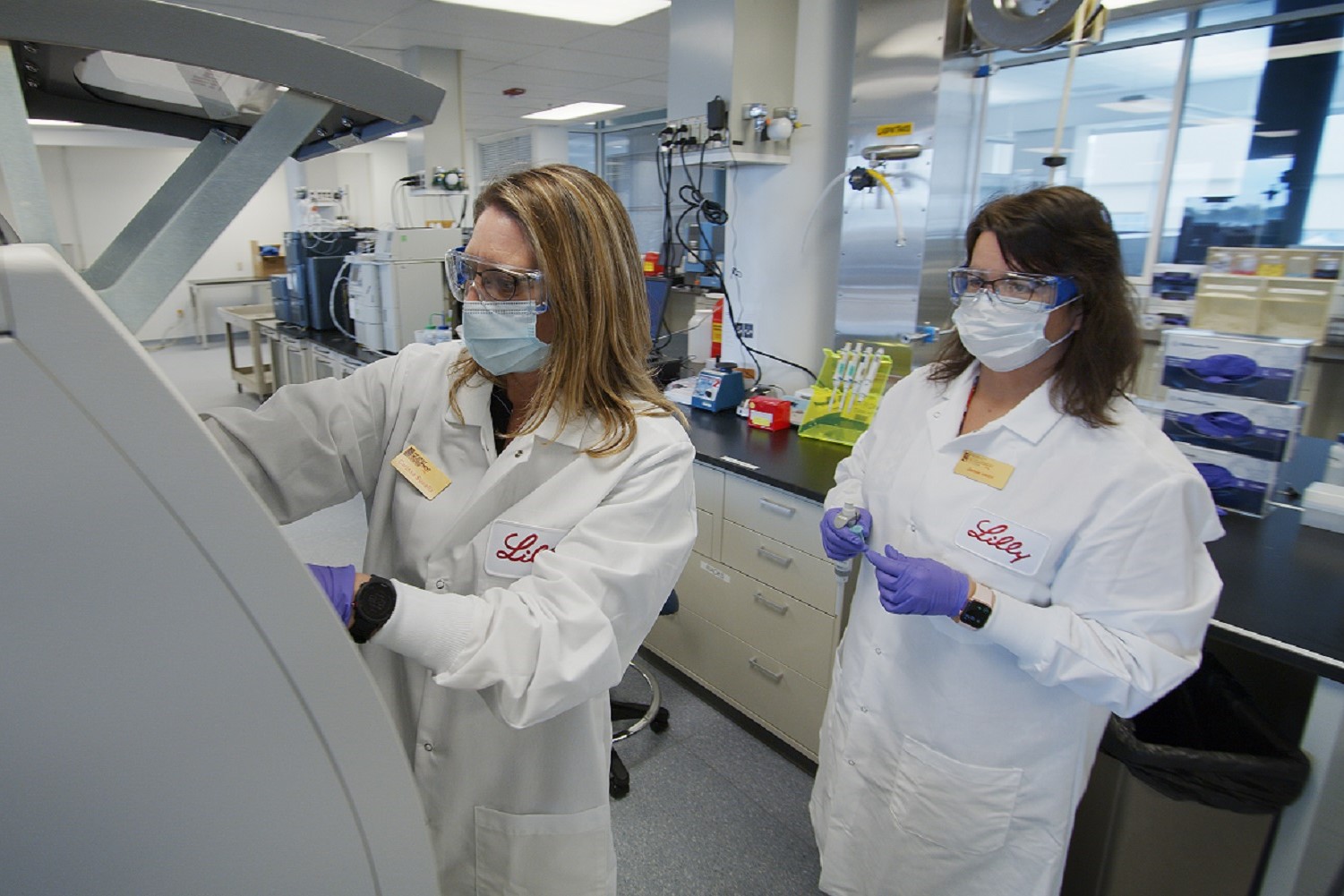
Tens of thousands of endoscopes and other expensive procedural instruments are used every day in U.S. healthcare. Scopes are complex, advanced medical instruments, and they are expensive: Some of them cost $50,000-$60,000 or more to acquire. This makes them a very expensive item in the hospital’s “household budget.” Given that, you would think that endoscopes are carefully managed and protected, as financial wastefulness and the need for cost savings are top-of-mind matters for hospital executives today. These are clearly investments that call for the instruments to be treated as important assets.
Unfortunately, scope ownership typically is not associated with asset stewardship. Instead, scopes are treated as disposable instruments, and the cost of ownership is hidden in capital accounts, capitated repair agreements, and over-priced service contracts. As a result, U.S. healthcare is unnecessarily spending millions of dollars on scopes—dollars that could be better spent opening up new service lines, investing in medical equipment, or hiring nurses for improved patient care.

With the Rise of AI, What IP Disputes in Healthcare Are Likely to Emerge?
Munck Wilson Mandala Partner Greg Howison shared his perspective on some of the legal ramifications around AI, IP, connected devices and the data they generate, in response to emailed questions.
What does it cost to own an endoscope? The cost of acquisition in the tens of thousands of dollars is just the beginning. The acquisition of a scope usually comes with a service contract from the manufacturer that allows the hospital to send in the scope for service and get instrument maintenance costs covered. However, these contracts are very expensive (often adding up to 50 percent to the acquisition costs over a three-year period) and very limited in terms of services provided.
Due to limitations of manufacturer service contracts, hospitals have turned to a growing industry of instrument repair firms—companies that repair and service medical instruments when the manufacturer service contract is not enough. Due to the complexity and technological sophistication of the instruments, hospitals are at the mercy of others to repair broken instruments and service their intricate parts. As a result of this, the repair industry is associated with limited transparency and oversight.
The instrument repair industry has done what it can to dress the process in heavy clouds to maximize revenue: The standard arrangement with an instrument vendor is the capitated contract, which entails the hospital signing up for a fixed repair budget based on its extent of instrument ownership, then effectively leaving it to the repair firm to determine what is needed and to charge whatever amount it sees fit. Once billed repair costs reach the limit of the capitated agreement, the hospital is over-charged for additional repairs.
To hospitals, these types of service agreements are attractive, because they can operate with a fixed budget number. However, this comes with a lack of understanding about actual repair costs and their breakdown into man-hours, replacement parts, and other facets. Not surprisingly, most capitated contracts are exceeded, and the hospital ends up paying for extra services. More disturbingly, when contracted service and repair amounts are exceeded, instrument repair companies may deem an instrument “unrepairable”—even if it can be repaired—and force the hospital to acquire a new instrument.
The cost of “unrepairable” scopes is a big part of the equation. Up to 10-15 percent of scopes and other medical instruments sent in for repair are deemed “unrepairable.” Staying in the analogy of the “household budget,” the question is this: Would you trust the guy who is selling you a new car to determine that your old car is beyond repair?
Because scope ownership is not approached from the perspective of asset stewardship by the hospital, unfortunately, this is usually the response: acquiring a new endoscope without real knowledge of why and how this need emerged. An endoscope acquisition is a capital acquisition, managed separately from repair cost bills and maintenance agreements, so it is challenging for hospitals to understand the true cost of ownership.
U.S. hospitals spend almost $12 billion on endoscopes per year, and that figure is expected to increase to almost $16 billion by 2028. Cystoscopes, bronchoscopes, arthroscopes—these endoscopic instruments can cost $60,000 or more, and they play a vital role in countless life-saving procedures.
The healthcare industry needs to rethink how it approaches instrument ownership and treat these as critical assets. This means emphasizing education, but it also means making demands of manufacturers and repair companies. Here is where it starts:
- Training: Endoscopes and other medical instruments are fragile. A technologist walking a scope from one room to another and inadvertently bumping the tip of a scope into a metal table may cause thousands of dollars in damage. A scope that isn’t appropriately flushed, cleaned, or sterilized may be terminally damaged or require replacement of expensive parts. Technologists and other staff must be educated in instrument handling and hospital time needs to be allotted to training. The cost of instrument replacement far exceeds the cost and time of proper instrument handling training.
- Contracts: Manufacturer service and repair contracts are important documents, and the cost and limitations of services need to be addressed prior to instrument acquisition. Service agreements without training components, transparent billing, and commitment to instrument lifecycle maximization should be declined.
- Capitated service agreements: Walk away from seemingly attractive capitated service agreements that have built-in incentives for limiting service or forcing hospitals to retire instruments before it is necessary.
- Transparency: Demand transparency from your repair vendor about repair and service needs, man-hours required, and actual parts replacement costs.
- Get a second opinion: When instruments are deemed unrepairable, ask another instrument repair company. Most devices can be repaired if the vendor can access the parts and the repair technician resources needed. Look for specialized vendors instead of depending on large vendors with slick service agreements.
The costs of medical instrument ownership are massive, and U.S. hospitals have developed a habit of looking at these as necessary, unquestioned expenditures. In a healthcare system with unlimited resources, this may be OK, but U.S. healthcare is bleeding financially, and the quality of patient care is at risk. In this situation, hospitals must become stewards of the assets they purchase.
Photo: bestdesigns, Getty Images
Kevin Liszewski has over 25 years of experience in the medical device and software industries. He currently serves as the Chief Executive Officer at Encore Medical Device Repair, an instrument repair company with a vision to transform the instrument repair industry.














